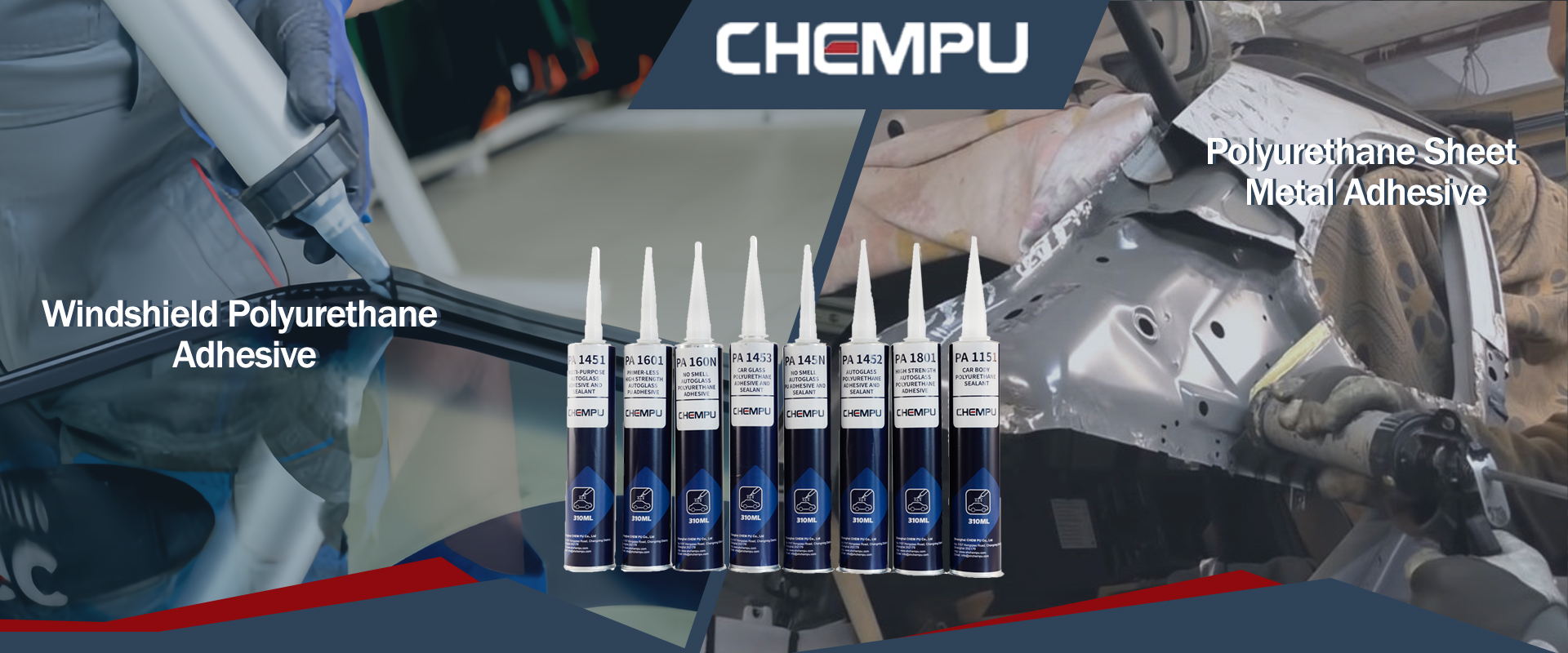When it comes to choosing a reliable sealing material for construction, automotive, or industrial applications, polyurethane sealant stands out as one of the most versatile and durable options. Its flexibility, strong adhesion, and resistance to various environmental factors make it an ideal choice for both professionals and DIY enthusiasts.
What is Polyurethane Sealant?
Polyurethane sealant is a type of elastomeric sealant that provides a strong and flexible bond between different materials. Unlike silicone or acrylic sealants, polyurethane offers superior durability, making it suitable for applications that require a long-lasting and resilient seal.
Key Benefits of Polyurethane Sealant
- Superior Adhesion
Polyurethane sealants adhere well to a variety of surfaces, including concrete, wood, metal, and glass. This makes them perfect for sealing joints in construction and automotive repairs. - Flexibility and Durability
Once cured, polyurethane sealants remain flexible and can accommodate slight movements in the substrates, preventing cracks and maintaining a tight seal over time. This characteristic is essential for applications like expansion joints in buildings. - Weather and UV Resistance
Polyurethane sealants are resistant to harsh weather conditions, including rain, snow, and extreme temperatures. They also offer excellent UV resistance, ensuring the seal does not degrade under prolonged sun exposure. - Chemical and Water Resistance
Their resistance to various chemicals and water makes polyurethane sealants ideal for use in environments where the sealant will be exposed to moisture or industrial chemicals.
Common Applications of Polyurethane Sealant
- Construction: Sealing expansion joints, windows, and doors.
- Automotive: Windshield bonding, car body repairs.
- Industrial: Machinery assembly, sealing tanks and pipes.
How to Use Polyurethane Sealant
Applying polyurethane sealant is relatively straightforward but requires some preparation:
- Surface Preparation: Ensure the surfaces to be sealed are clean, dry, and free of dust or grease.
- Application: Use a caulking gun to apply the sealant evenly along the joint or surface.
- Curing: Allow the sealant to cure as per the manufacturer’s instructions, which typically involves exposure to moisture in the air.
Conclusion
Polyurethane sealant is a versatile, durable, and flexible solution for a wide range of sealing needs. Whether you’re sealing joints in construction, repairing a vehicle, or securing industrial machinery, polyurethane sealant offers the reliability and performance needed to get the job done right.
Post time: Jan-10-2025

